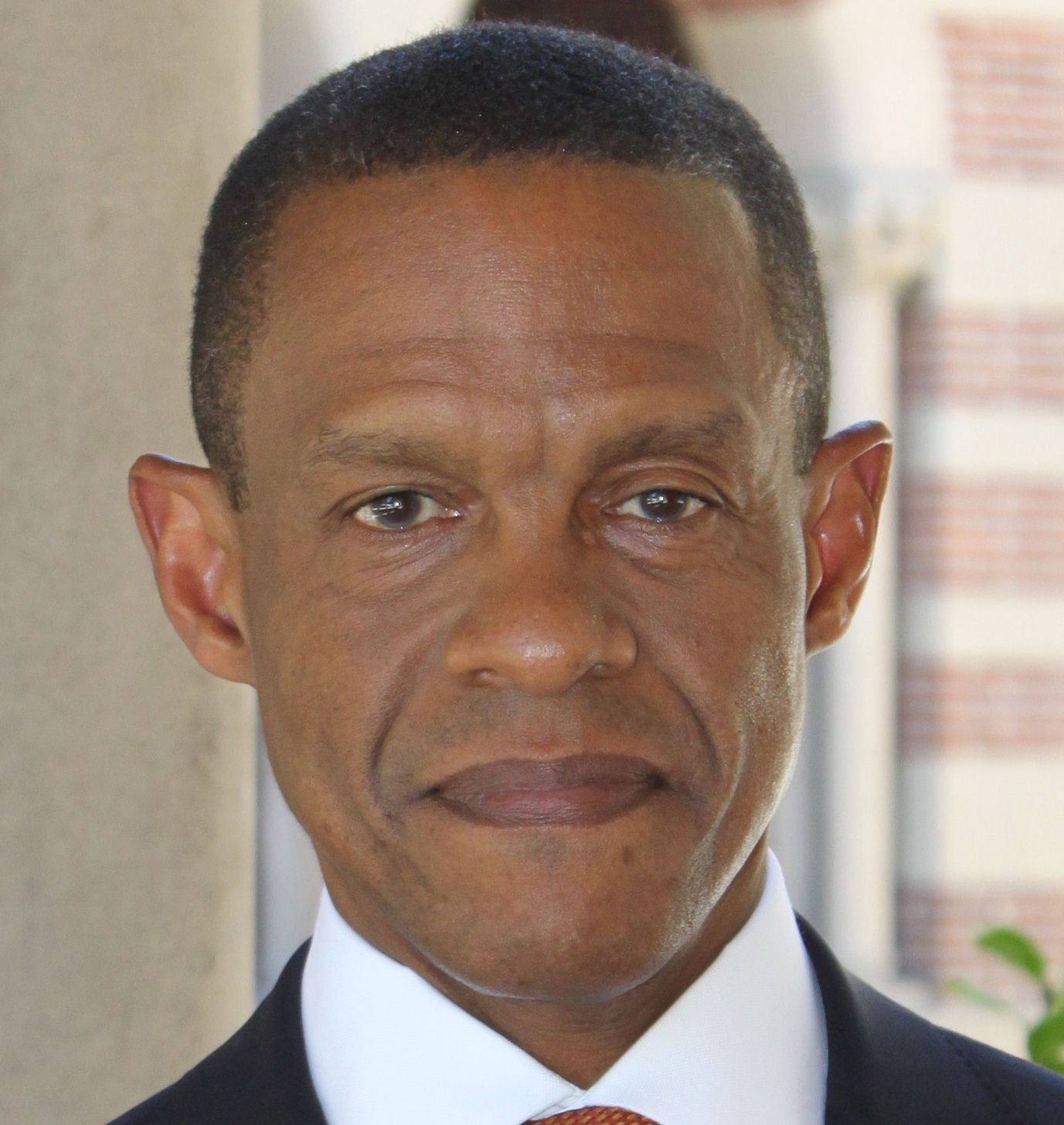Last week, a Las Vegas couple was arrested for plotting to kidnap and kill police officers. David Allen Brutsche and Devon Campbell Newman planned to abduct officers during traffic stops, and they readied a vacant house in which to bind, interrogate and ultimately murder their captives. Both would-be killers counted themselves among the Sovereign Citizens movement, whose radical ideology rejects the legitimacy of law enforcement and the federal government, making violence and revolution acceptable, if not necessary. Plots targeting law enforcement represent a serious domestic threat, and this conspiracy to kill police officers is a case of homegrown terrorism.
The Chinese warrior philosopher Sun Tzu wrote that to fight a war, one must “know thy enemy.” In a new era of homegrown terrorism, it may be more apt to recall the ancient Greek aphorism, “Know thyself.” When we look at the diversity of violent extremist ideologies and thousands of followers who present a threat to the United States, we are looking into a mirror.
The September 11 attacks made clear the threat from al Qaeda and the need for a more focused and robust national effort to protect the country against acts of terror. Even as al Qaeda is still active (evidenced in part by the recent al Qaeda communiques and the resulting short-term closing of U.S. embassies across the Middle East and Africa), there are other extremist ideologies and groups that pose an even more direct and imminent threat to U.S. homeland security. These potential terrorists are not isolated abroad in some lawless, poverty stricken area. They are right here within the United States.
Domestic terrorism is not a new phenomenon, but it is a growing threat. The disrupted Las Vegas plot to kill police officers is only the most recent instance of homegrown violent extremism (HVE), but there are numerous others examples: white supremacist Michael Wade Page’s shooting at a Sikh temple; anti-Semite James von Brunn’s shooting and killing of a Holocaust Museum security officer; Sovereign Citizen Andrew Joseph Stack III’s suicide plane attack on the federal office complex in Austin, Texas; and Floyd Lee Corkins’ attack at the Washington conservative think tank, Family Research Council.
If any of these ideologically inspired attacks had been perpetrated by an al Qaeda actor, there would have been immediate and widespread labeling of the incident as “terrorism.” As it is, however, these attacks have gone somewhat unnoticed in the broader discussion on terrorism and how to prevent it.
The challenge to realizing and then addressing HVE is that what constitutes domestic terrorism lies within a definitional gray area. The fight against transnational terrorism was quickly defined as a conflict with core al Qaeda and its affiliates. The notion of homegrown terrorism lacks the same clarity. Absent a set of specific criteria, we will continue to direct the vast majority of our national security efforts against only one violent ideology (i.e., Muslim extremism). Yet, this is insufficient to address the full HVE threat, which spans multiple racial, religious and issue-oriented ideologies.
The need to define and explain this phenomenon is something I tackle in my recently released book,Homegrown Violent Extremism. The book identifies the myriad groups presenting a domestic terrorist threat and reveals how the radicalization pathway carries disenchanted Americans into violent action. So what is it? From the book:
“Homegrown violent extremism is terrorist activity or plots targeting the United States and U.S. assets by American citizens or residents who have embraced their extremist ideology largely within this country.”
A further challenge for addressing HVE is determining how to do so while upholding the values and liberties that are so integral to our system of government. There is an erroneous view that democracies are particularly vulnerable to domestic terrorism. No system of government or absence of liberty can guarantee total security. The world is (tragically) full of examples that make this point evident. Abridging freedoms or levying what can appear to be biased suspicion and rhetoric frustrates our efforts to build the kind of public support necessary to overcome homegrown terrorism. As I write:
“Targeting entire communities for investigation based on erroneous stereotypes produces flawed intelligence, marginalizes the community that needs support, and emboldens opportunities for extremists to recruit. The simple truth is there is no terrorist profile, and we do a grave injustice to our national security efforts and our country if we act as if there were. Our security programs must be based on evidence and facts.”
There are numerous external threats that deserve close scrutiny and preparation; however, another type of threat we must also address is that posed by our own citizens and residents. With homegrown terrorism drawing from numerous ideologies, we need a more holistic approach to identifying and resisting domestic extremism. When it comes to our counterterrorism efforts, it is time for us to stop only looking across the oceans and take a hard look in the mirror.


